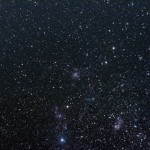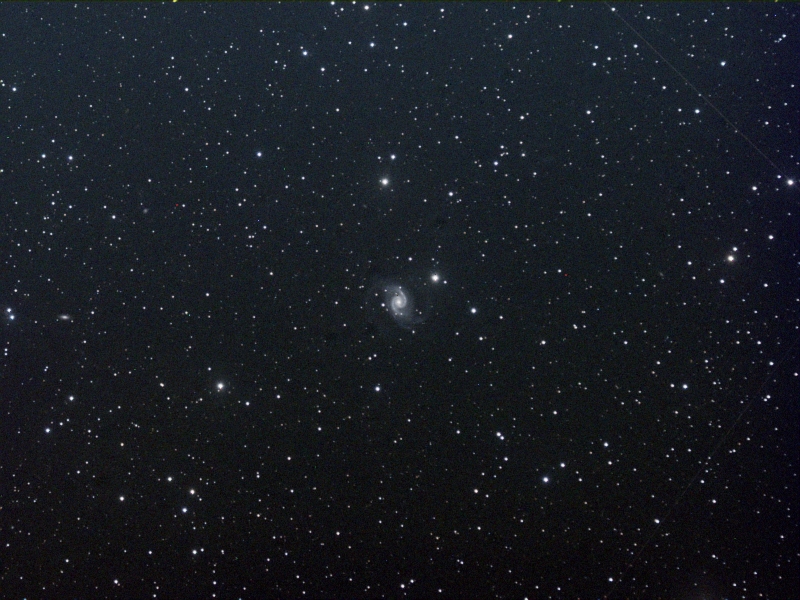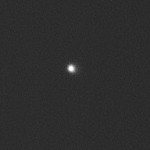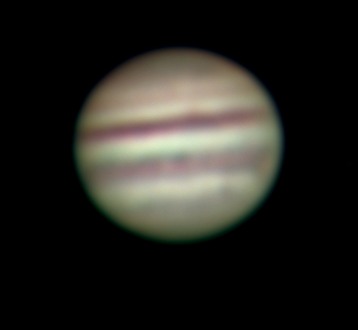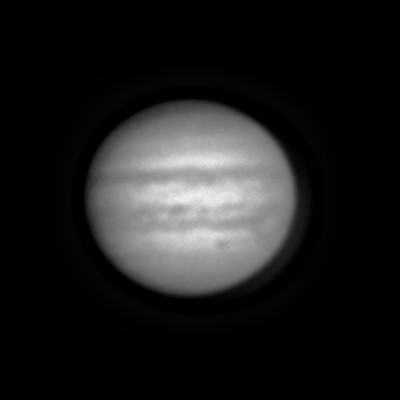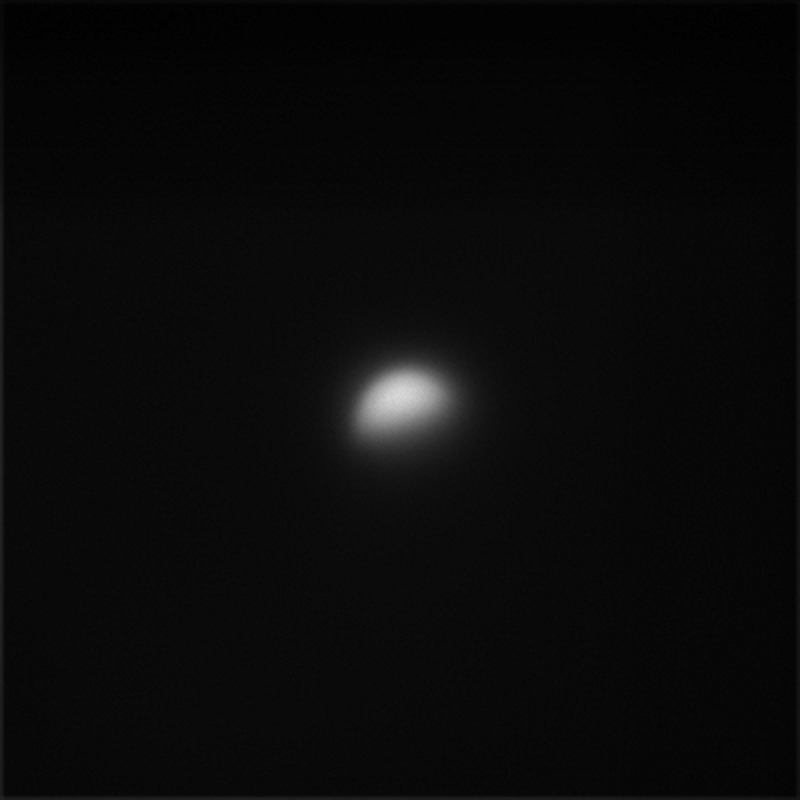A bright moon at the observatory limited deep sky observing so we shot some more footage of Uranus, this time with the recently refurbished 20″ reflector. As this telescope is f/5 a x2 barlow produced a slightly larger image for the same f/10 as the Celestron.
As promised, and in no particular order, here are the remaining pictures from my rent-a-scope trial:
Robotic Telescopes
After 2 clear weekends in a row, the British weather has returned to form and it’s overcast and raining again.
While I was perusing some adverts for telescopes (£££), Ann reminded me that there are telescopes available for rent on the Internet. Some rifling through old magazines followed and soon threw up the site; http://www.global-rent-a-scope.com (GRAS) run by Arnie Rosner. Some very expensive telescopes are sited under dark clear skies in Southern Australia and New Mexico and you can control them remotely from the comfort of your own home. What’s more, they even offer a free trial.

Here’s the first result, NGC 1566 in the constellation Dorado:
The free trial telescope is an impressive setup with an SBIG ST-2000XMC single shot colour camera on a Takahashi Sky 90 refractor and this is a 10 minute exposure. The resultant image is then automatically processed and emailed to you. The website even shows you a list of what’s in the sky at the time and all you have to do is decide what you want to photograph.
I’ll post the remaining trial images later.
The Milky Way
This is the result of my first attempt at deep-sky photography. It shows the area around Cygnus (the bright star in the centre is Deneb) and a small portion of the Milky Way.
The photograph consists of five 2 minute exposures (and 3 dark frames) taken with a Canon 350D and the ‘kit’ 18-55 lens piggy-backed on an LXD75 mount. The images have been combined using Iris, a freeware image processing program.
The outer planets
The clouds finally cleared on Saturday evening for long enough to finally get some pictures of the outer planes, Uranus and Neptune. These pictures are really only for completeness. While these planets are gas giants, they’re so far away that they appear tiny through the telescope. The distances in the outer Solar system are truely staggering, Uranus is 19AU away (an AU is the distance form the Earth to the Sun, 93 million miles) or 1.6 billion miles; Neptune, 29AU or 2.7 billion miles. Put another way, the light that the telescope is collecting from Neptune has travelled for 8 hours since leaving the Sun.
Both images were taken using the modified webcam on the Club’s Celestron 9.25″ at f/10.
Jupiter
Another evening photographing Jupiter. This time with the BAS Celestron 9.25″ on the 23rd Jul. Separate red, green and blue avi’s of 45 seconds each were taken, stacked in Registax and then combined in the GIMP (an open source imaging program).
The ’seeing’ was pretty good, but once again, the very low altitude limited the detail in the picture. However, the Great Red Spot is just visible on the right had side of the planet.
Processing a picture taken some 10 minutes earlier shows more of the GRS and comparing the images also reveals the speed that the planet is rotating. This image is in red light only and I’ve flipped it both horizontally and vertically to match convention.
First picture of Jupiter for 2008
Finally, the opportunity to photograph Jupiter presented itself on a fine Saturday evening. With the current Astronomy Now competition limiting entries to ones produced with telescopes under 4 inches in diameter I decided to try out the BAS 3? Vixen refractor.
Bad seeing curtailed imaging at midnight but I managed to capture a few sequences with red, green & blue filters. With the planet barely 9 degrees above the horizon, results were never going to be stunning, but some sharpening of a composite image produced the following:

Imaging Mercury
This one is a challenge. It’s very small and it’s always close to the sun (as well as presently being 88 million miles away!). However, as it’s approaching it’s best elongation from the sun for the year, now is the time to take pictures of it.
This one is the result of stacking about 300 frames from a video of about 2000 individual frames. A narrow band Infra-Red (742nm) filter helps to improve the contrast against the evening sky.
Mercury
Saturn’s Moons
After the regular Tuesday meeting of the Imaging Group was somewhat washed out the next clear opportunity was Thursday. This composite picture shows Saturn with 5 of it’s moons at 2100 GMT 1-5-2008.
There’s some photoshop trickery here to replace the very overexposed planet with a correctly exposed one.
From the left, the moons are; Titan, Iapetus (very faint), Rhea, Tethys and Dione.

